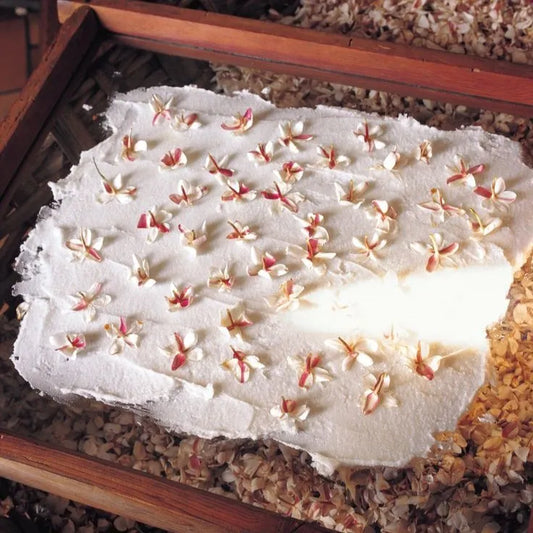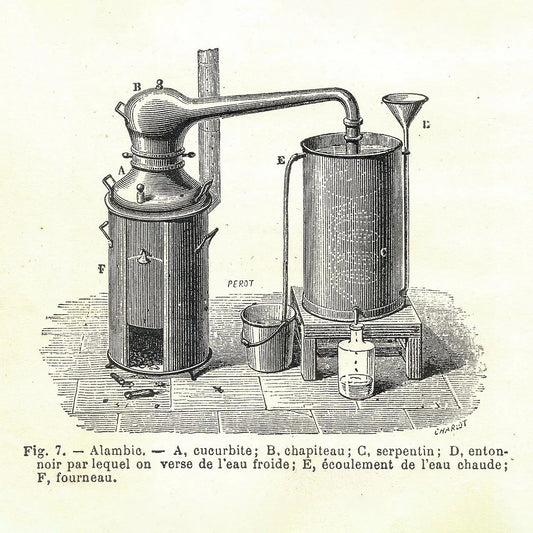Adding essential oils to household cleaning products can provide clean, fresh scents as well as a boost in grease-cutting power. Lemon has long been a popular addition to commercial products (think Lemon Pledge), so it should come as no surprise that lemon essential oil tops the list of useful alternatives to furniture polishes made of synthetic chemicals. A favorite formula for people who choose natural products over packaged ones involves mixing a few ounces of jojoba oil in a glass or metal spray bottle with drops of lemon, sandalwood, and lemongrass essential oils (use twice as much lemon as the other two). This makes a useful polish that will shine up wooden tables and chairs.
For cleaning a wood floor, any of the evergreen oils (pine, Douglas fir, juniper, etc.) mixed with a few tablespoons of unscented liquid soap can replace more caustic products. Add a few drops of lemon essential oil as well to lift greasy spots, and pour the whole mixture into a bucket of hot water as you would a powdered cleanser or a squirt of liquid cleaner.
Essential oils can be used to make your own laundry detergent, fabric softener, air freshener, bathroom cleanser, or window cleaner, eliminating the need for racks of specialized household products. Find recipes for any of these products online or in books including one of mine, Essential Oils and Aromatherapy: An Introductory Guide.
Making your own skin and hair care products allows you to take advantage of essential oils as well. Rosehip, carrot, lavender, neroli, evening primrose, and myrrh essential oils, for example, are well known for their benefits to the skin and are often found in high-end, commercially available products. Tea tree essential oil (also known as melaleuca) has been proven in several peer-reviewed studies to be as effective as the pharmaceutical benzoyl peroxide in treating acne (see How are essential oils used in skin care products?).
Lavender, rosemary, and a wide range of oils from flowering plants can provide hair conditioner with an added boost, while birch or sage essential oils added to white vinegar and vegetable glycerin can help correct oily hair.
Of course, essential oils can be diffused in the home as air fresheners, deodorizers, disinfectants, and to lift mood, promote relaxation, and clear the mind. Sachets made with essential oils can be tucked into drawers and closets to provide a pleasant scent to clothing or linens (see How are essential oils used in scented products like air fresheners?).
Mixing your own products for home use can be fairly simple, requiring not much more than white vinegar, baking soda, unscented soap, glycerin, and a few carrier oils. It is important to remember that essential oils will dissolve some plastics, so all products made at home should be stored in dark glass or metal bottles and should be kept in a cool, dry place to prevent spoilage or evaporation. (Some recipes call for the products to be stored in the refrigerator.) Try making a small amount of the product and using it a few times to be sure that it achieves the purpose for which it is intended, before investing in a lot of an expensive oil and mixing up a big batch.





